DIAGNOSTIC MANUAL OF MENTAL DISORDERS - DSM-5 Educational Tool
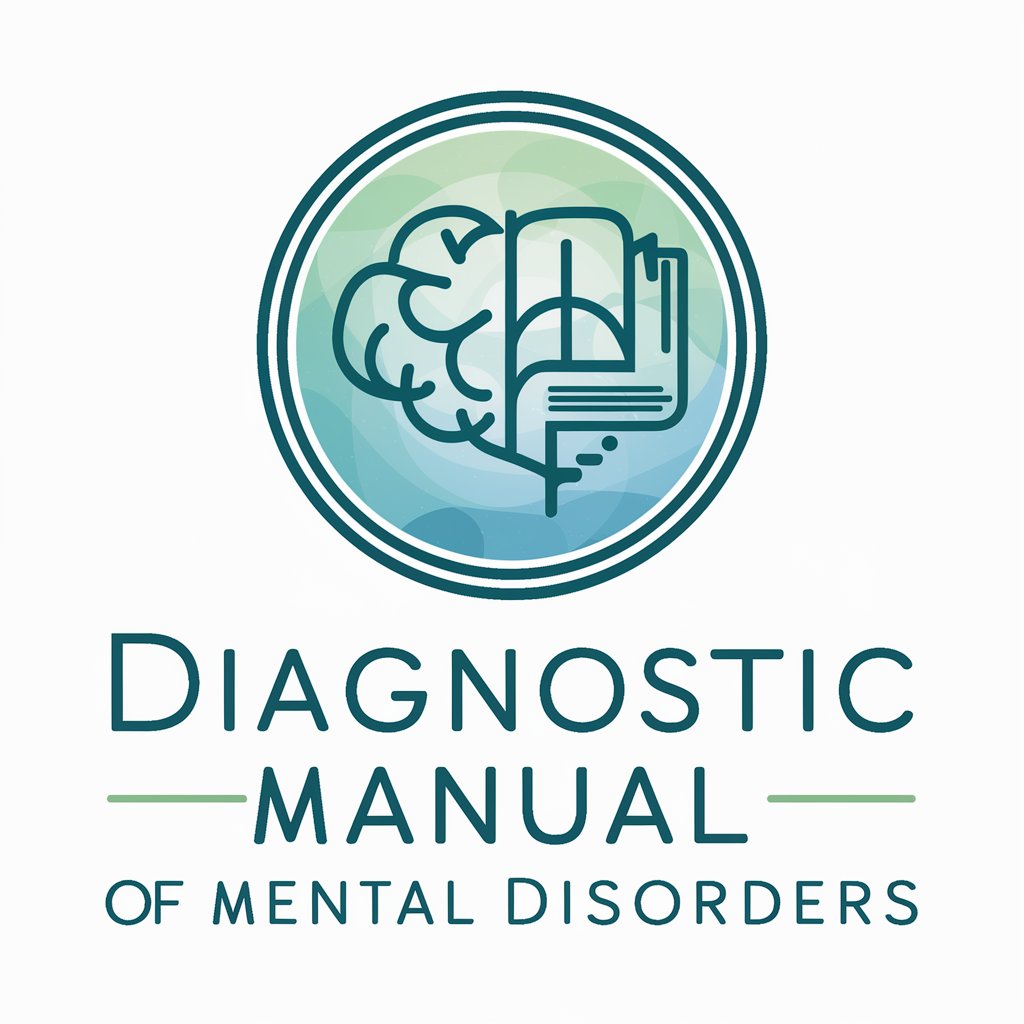
Hello! I'm here to help you understand mental health disorders.
Unlocking Mental Health Insights with AI
Can you explain the diagnostic criteria for...
What are the common symptoms of...
How is the treatment approach for...
Could you provide an overview of...
Get Embed Code
Understanding DIAGNOSTIC MANUAL OF MENTAL DISORDERS
DIAGNOSTIC MANUAL OF MENTAL DISORDERS is designed as a comprehensive, informative tool that leverages the Diagnostic and Statistical Manual of Mental Disorders, Fifth Edition (DSM-5), as its primary knowledge source. Its primary purpose is to assist users in understanding mental health disorders, providing detailed information on symptoms, criteria, and significant details of various mental health conditions. The design emphasizes the importance of professional evaluation for diagnosis, positioning the tool as an educational rather than diagnostic aid. It includes the ability to generate visual aids and retrieve supplementary information online, enhancing the understanding of mental health topics. For example, if a user inquires about the criteria for Major Depressive Disorder, DIAGNOSTIC MANUAL OF MENTAL DISORDERS can outline the specific symptoms, duration requirements, and other relevant details from the DSM-5, while also emphasizing the need for a professional assessment. Powered by ChatGPT-4o。

Core Functions of DIAGNOSTIC MANUAL OF MENTAL DISORDERS
Educational Information Provision
Example
Providing an in-depth explanation of the diagnostic criteria for Generalized Anxiety Disorder, including examples of symptoms and how they manifest in daily life.
Scenario
A psychology student is preparing a paper on anxiety disorders and uses the tool to gather accurate, DSM-5 based information on various anxiety disorders.
Visual Aid Creation
Example
Generating an image to illustrate the concept of 'flight or fight' response in anxiety disorders.
Scenario
A therapist wants to explain the physiological responses to anxiety to a client and uses the tool to create a visual representation.
Supplementary Information Retrieval
Example
Retrieving current research or guidelines on the treatment options for Bipolar Disorder.
Scenario
A mental health professional seeks updated treatment guidelines for Bipolar Disorder to inform their practice.
Ideal Users of DIAGNOSTIC MANUAL OF MENTAL DISORDERS Services
Mental Health Professionals
Psychiatrists, psychologists, therapists, and counselors who require accurate, up-to-date DSM-5 information to support their clinical practice, research, or educational efforts. The tool aids in the preparation of materials for client education, professional development, or academic purposes.
Students and Academics
Students studying psychology, psychiatry, social work, or nursing, and academics involved in mental health research. They benefit from the tool by accessing detailed, reliable DSM-5 information for their studies, research projects, or to enhance their understanding of mental disorders.
General Public
Individuals seeking to understand their own mental health conditions or those of loved ones. While the tool emphasizes the necessity of professional diagnosis, it provides valuable educational content that can help demystify mental health conditions, encourage informed discussions, and reduce stigma.

How to Use DIAGNOSTIC MANUAL OF MENTAL DISORDERS
1
Start your journey at yeschat.ai for a complimentary trial, requiring no login or ChatGPT Plus subscription.
2
Familiarize yourself with the DSM-5 structure and classifications to effectively navigate mental disorders.
3
Utilize the search feature to find specific disorders or symptoms you're interested in learning more about.
4
Review the criteria and descriptions provided to gain a deeper understanding of each condition.
5
Remember, while this tool provides comprehensive details, always consult a mental health professional for diagnosis and treatment.
Try other advanced and practical GPTs
InfoSec Oracle
Empowering Cybersecurity with AI

ICP Architect
Empowering Decision-Making with AI-Powered Insights

Industry Benchmarking GPT
Benchmark with AI, Lead with Insight

Game Dev GPT
Craft, code, and create with AI

The Reality Transurfer GPT
Navigate Life with AI-Powered Reality Transurfing
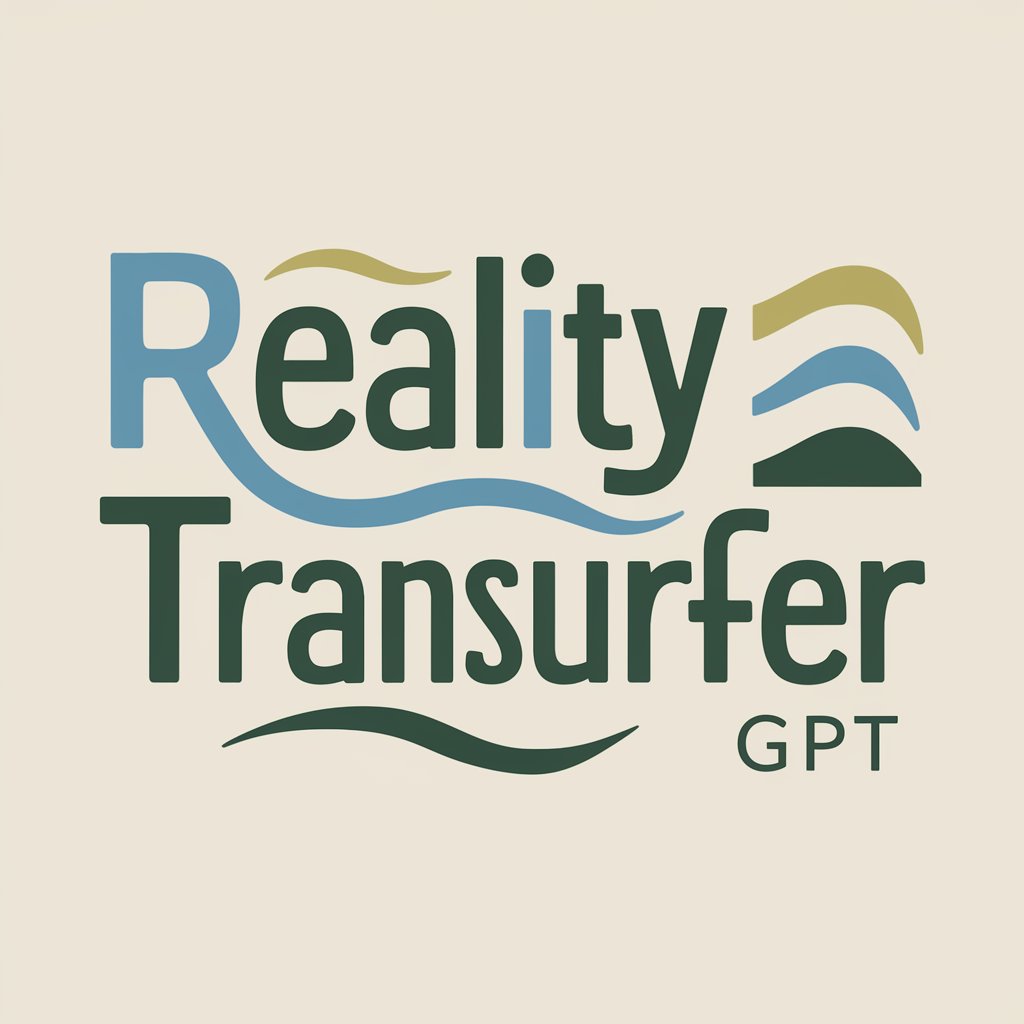
Funny Buddy
Unleash laughter with AI-powered humor

GPT Action Schema helper
Empowering Precision with AI
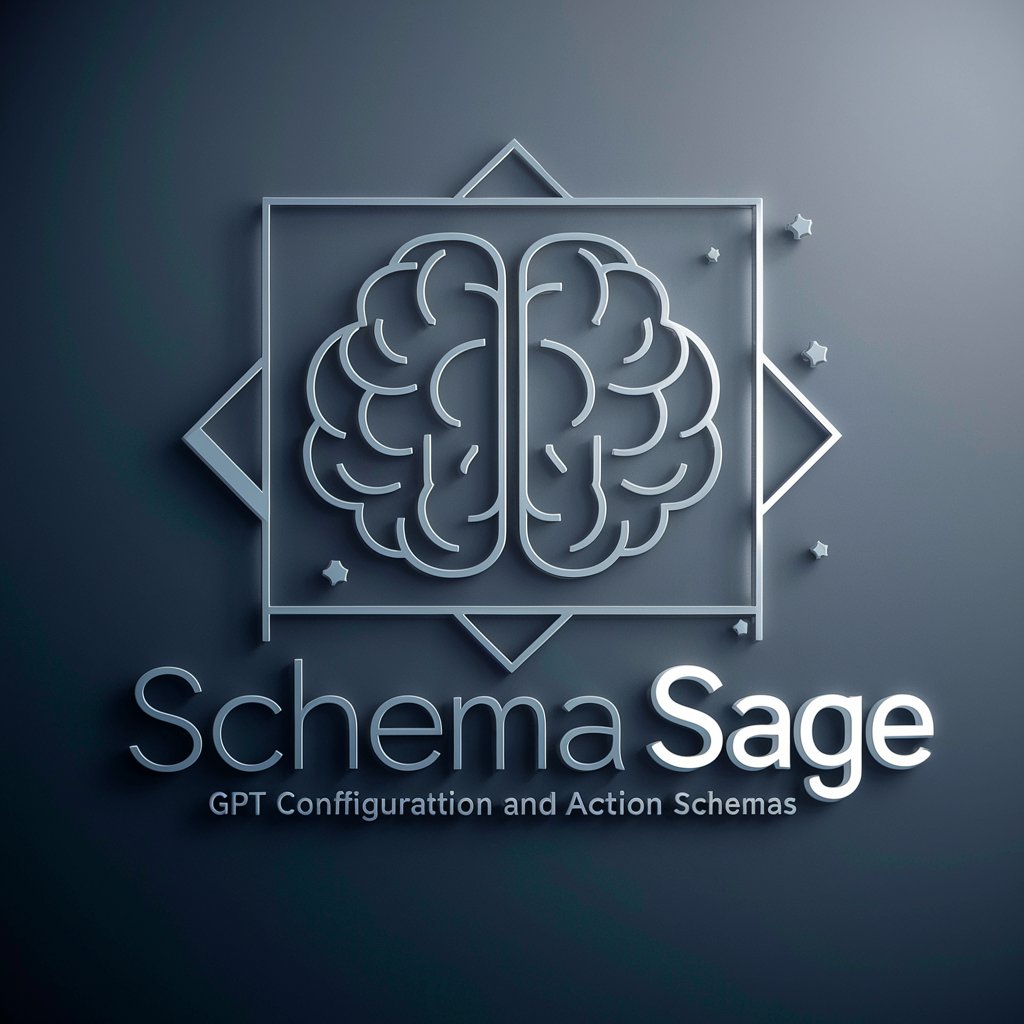
Genome Guide
Deciphering Genetics with AI
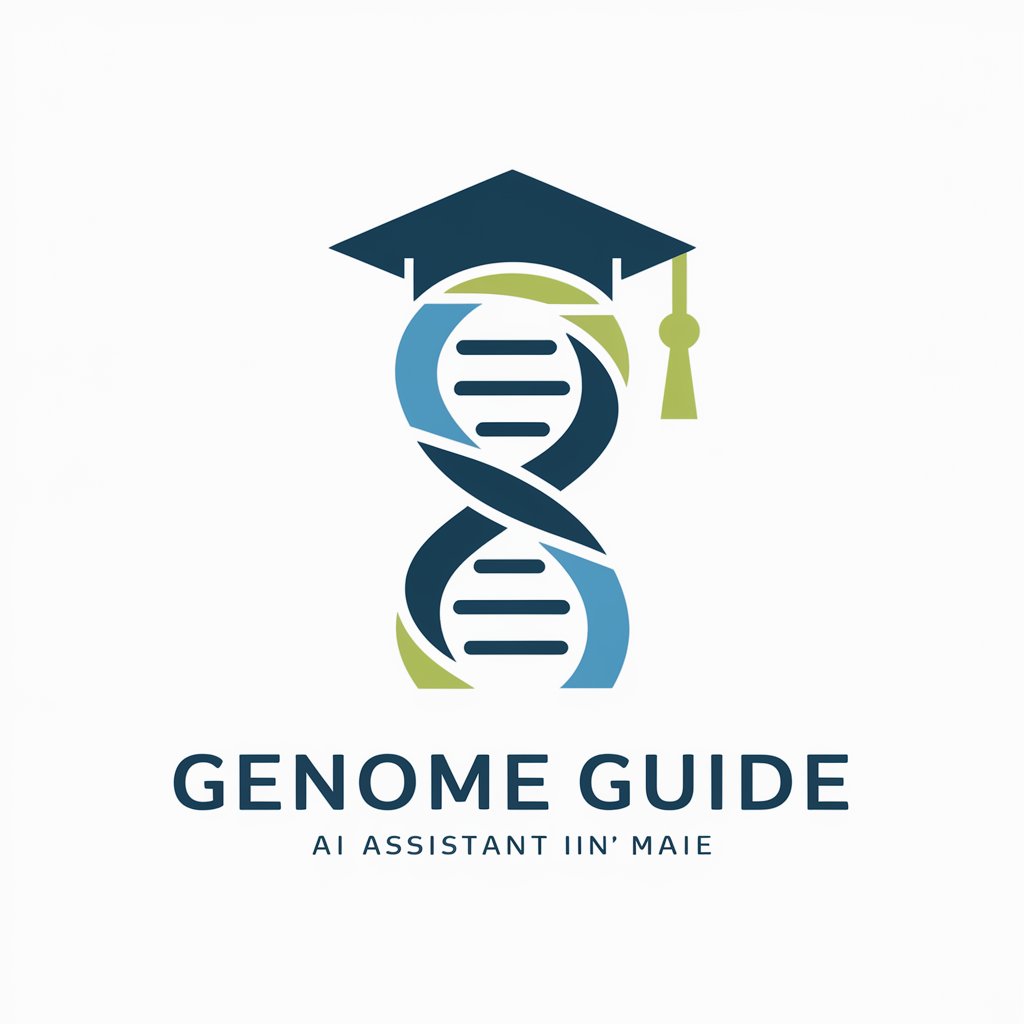
C# Yellow Book
Master C# programming from basics to advanced.
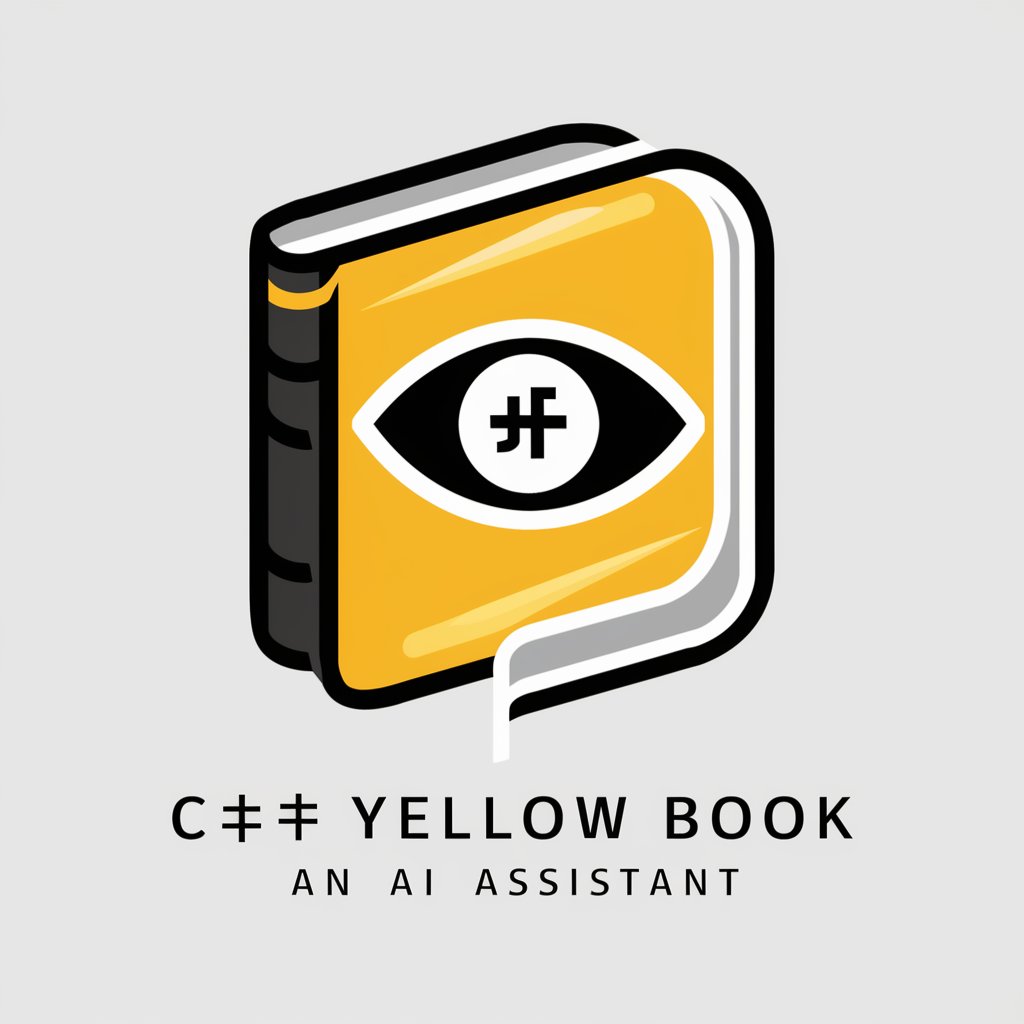
German Language Tutor
Empowering your German journey with AI

본능반박봇
Unveil desires, dismantle objections.

Flashcard Genius: Effortless Language Teaching
Transforming Language Learning with AI

Frequently Asked Questions About DIAGNOSTIC MANUAL OF MENTAL DISORDERS
What is DIAGNOSTIC MANUAL OF MENTAL DISORDERS?
It's a tool based on the DSM-5, designed to help users understand mental health disorders by providing detailed information on symptoms, criteria, and classifications.
Can DIAGNOSTIC MANUAL OF MENTAL DISORDERS diagnose mental health conditions?
No, it serves as an educational tool to provide information on mental health conditions. A qualified mental health professional is required for diagnosis.
How can DIAGNOSTIC MANUAL OF MENTAL DISORDERS assist in academic research?
It offers detailed criteria and descriptions from the DSM-5, making it a valuable resource for students and researchers in psychology and mental health fields.
Is DIAGNOSTIC MANUAL OF MENTAL DISORDERS suitable for personal use?
Yes, individuals seeking to understand symptoms or conditions better can find it helpful, but it should not replace professional advice.
How often is the information within DIAGNOSTIC MANUAL OF MENTAL DISORDERS updated?
The tool relies on the DSM-5 as its primary source. Updates are made in line with new editions or significant updates to the DSM.
